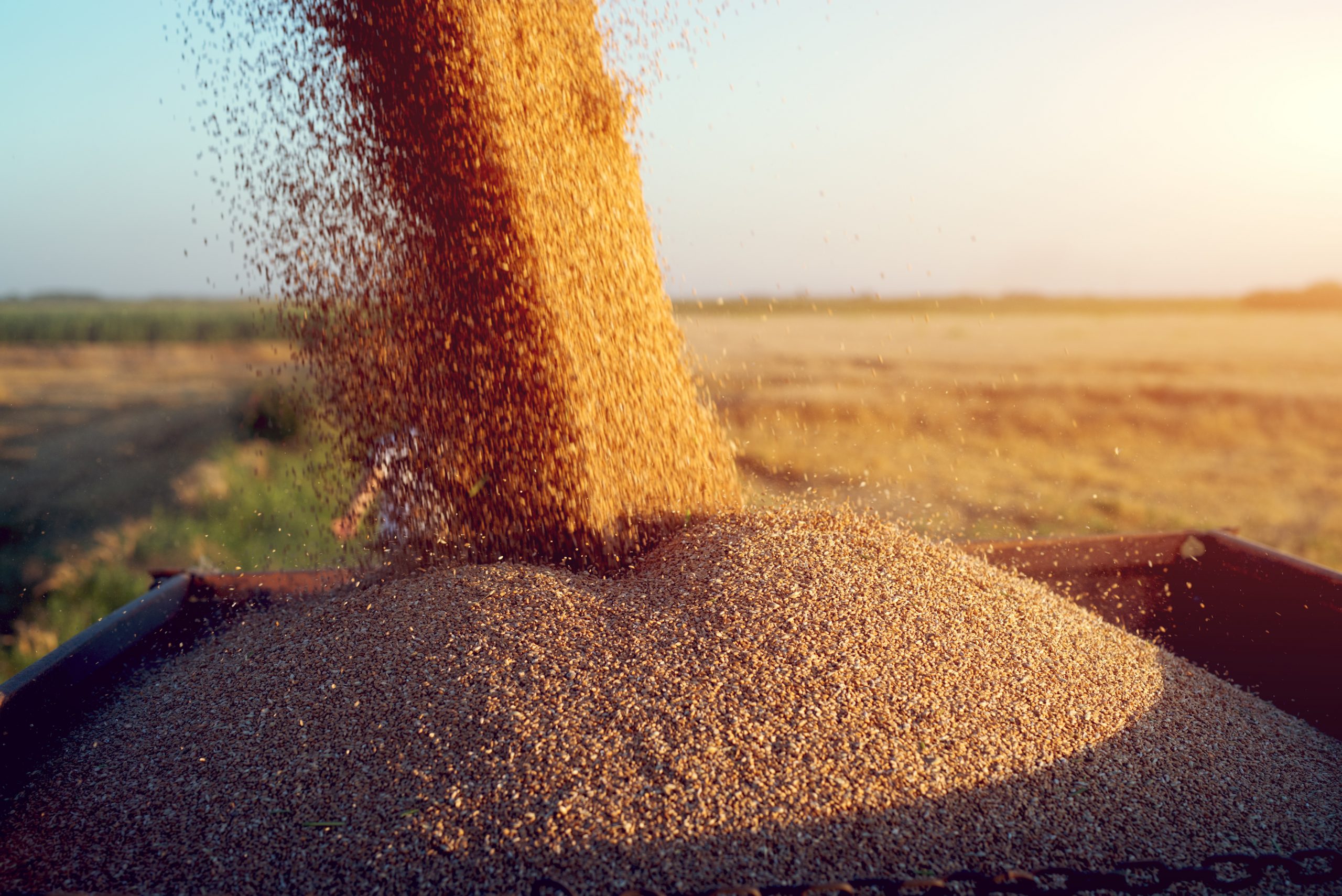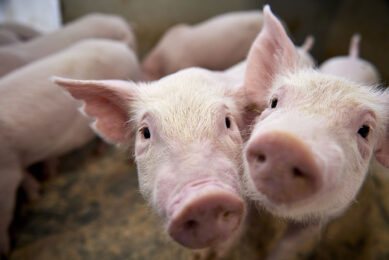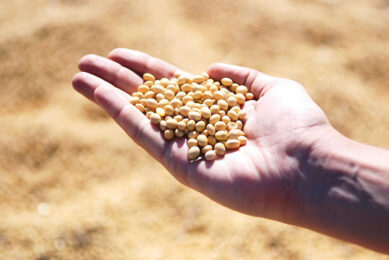Managing mycotoxin risk with precision

Mycotoxins in grain and stored feed materials, are widely recognised as having a negative economic impact on farmers. By collecting, analysing, and interpreting data in real time, stakeholders across the production chain can develop and implement proactive intervention strategies to reduce the effects of mycotoxin contamination in the feed to food chain.
As climate change contributes to more adverse weather conditions, and agriculture practices become far more intensive, it is likely that the mycotoxin challenge will continue to represent an increasing concern in the future. Comparing Trouw Nutrition analyses of samples collected from crop growing regions around the globe in 2016 and 2017, the percentage of samples testing positive for the presence of mycotoxins increased from 62% in 2016 to 68% in 2017.
The global nature of trade and the varied regulations that govern animal feed ingredients around the world make it essential to assure the integrity of ingredients used in feed. An integrated approach to mycotoxin risk management becomes, therefore, largely necessary. In today’s era of precision nutrition and unprecedented access and use of information, data knowledge is the key driver of an effective mycotoxin risk management programme.
The synergistic effects of mycotoxins
More than 300 mycotoxins have been identified to date. However, the main mycotoxins established in animal feed are Aflatoxins, Deoxynivalenol (DON), Fumonisins (FUM), Zearalenone (ZEA), Ochratoxins (OCH) and T2-H2T. It is important to note that some of these prevalent mycotoxins – such as Aflatoxins – due to their recognised negative effects, are widely regulated around the globe. In addition to the unique threats presented by individual mycotoxin contaminants alone, the synergistic impact of mycotoxins interacting with each other must also be considered.
As most commonly present in nature, as well as in feed ingredients, mycotoxins can have a synergistic and additive effect on performance for various animal species. For example, in poultry and pig production, elevated levels of DON, T-2 and FUM may contribute to increased feed conversion ratios (FCR), while also impairing gut health and immune function. In dairy cows, DON and T-2 can adversely affect feed intake, and affect rumen function, while ZEA can contribute to reproductive failure. Across species, efforts to detect subtle changes at the farm level can alert producers to the negative impact of mycotoxins and provide opportunities to introduce intervention strategies at an early stage.
In the autumn of 2017, Trouw Nutrition analysed thousands of crop samples from around the globe, comparing the presence and prevalence of the most common mycotoxins. 5 of the 6 mycotoxins analysed were more prevalent in 2017 compared to 2016. The detection of FUM in samples increased from 44% to 87% between 2016 and 2017, while DON increased from 53% to 65%. In addition to the consolidated global analysis, Trouw Nutrition also analysed samples by region. The global summary may be seen in Figure 1.
Figure 1 – 2017 Global crop risk summary.

Informing risk management strategies
Analysis of mycotoxin risk is critical given the effect different mycotoxins can have on animal health. Often, symptoms caused by mycotoxin contamination such as impaired performance are not immediately associated with mycotoxins.
Differences in harvesting conditions or the source of raw materials can also vary significantly from one year to another. Thus, frequency of analysis and rapid assessment of results is critical to making informed decisions to detect and mitigate mycotoxin contamination.
The crop analyses described above was conducted using two resources developed by Trouw Nutrition: the Mycomaster and NutriOpt Mycotoxin Adviser. These tools support early detection of contamination, analysis of threats and inform intervention strategies based on analyses of feed ingredients and feed. The Mycomaster is a portable device that enables rapid, on-site, cost-effective, and user-friendly analysis of six different mycotoxins: Aflatoxins, ZEA, DON, FUM, OCH, and T2-HT2. Delivering results in 15 minutes, it offers a reliable quantitative reading of the contamination levels in feed materials and in compound feed. This makes it possible to bring laboratory-level capabilities directly to the field. Each Mycomaster is connected to the NutriOpt Mycotoxin Adviser global database enabling sample results to be instantaneously uploaded.
A global database containing results from 6 continents, 40 different feed materials, and 22,000 mycotoxin analyses, the adviser provides a reliable assessment of mycotoxin risk in feeds. The adviser also draws upon samples originated from all devices connected to the central database. As conditions are ever evolving, the adviser provides recommendations on how to improve feed formulation or quality control based on multiple analyses results drawing upon many different raw material inputs. In real-time, users receive fully customised recommendations and advice on intervention strategies, such as additional monitoring procedures, the formulation of ingredients and, as necessary, the introduction of remediation strategies. This information is provided in context with specific recommendations that consider the identified risk and the species in scope. Supporting the health and reducing the impact of mycotoxin exposure on animal performance, Trouw Nutrition’s approach to mycotoxin risk management integrates multiple strategies that reduce mycotoxin bioavailability by adsorption and supporting gut wall integrity, stimulating animals’ healthy immune systems and supporting detoxification of biological pathways impacted by mycotoxins.
In the last 5 years, Trouw Nutrition has committed extensive resources to in-house and collaboration projects with universities and renowned research centres. This collaboration supports understanding of the threats posed by mycotoxins and informs the development of effective intervention strategies to counteract the effects of mycotoxins. Due to the understanding of the relevance of in vivo work, researchers will present their new findings, during the World Mycotoxin Forum 2018, Amsterdam. These findings demonstrate improved performance through the introduction of specific remediating strategies in animal diets contaminated with mycotoxins.











